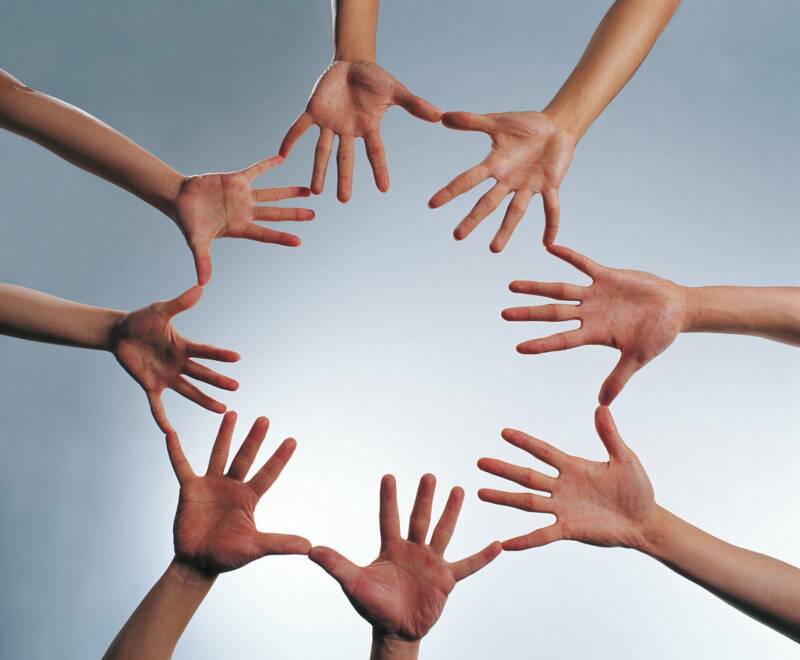The Elevationg Model
Coaching for positive youth development.
What is positive youth development?
Positive youth development can be viewed as a goal and a set of practices. The goal of PYD is to help young people develop the competencies they need to grow up healthy, caring, and responsible. The practice of PYD involves creating places, programs, and activities which intentionally foster those competencies.
The practice of PYD begins with the realization that children do not grow up in isolation. They are influenced by their families, social networks, schools, neighborhoods, media exposure, faith communities, and community activities (including sports). It is in response to their surroundings that they learn how to relate to people and make the choices which form their sense of self-efficacy and self-worth. Environment isn't everything in the development of youth, but it matters a lot.
PYD practices continues with an understanding of what helps young people thrive in their environment. What most of us know intuitively from our own life experience is actually supported by extensive research on what works in positive youth development. Young people need:
- Positive relationships with their family, school, and neighbors.
- Clear boundaries & expectations within the home and beyond.
- Empowerment and opportunities to get involved as valuable members of their community.
When these supports are in place, youth have much greater capacity to develop internal assets such as a commitment to learning, positive values, social competencies, and a positive identity. These internal assets are vital for helping youth avoid risk behaviors and develop into caring & responsible people.
With these principles in mind, PYD practitioners try to create places & programs where young people can learn and thrive. In just about every community, we can see PYD principles at work in schools and youth programs of many different types. The best of these activities have eight key features, including:
- 1. Promoting a sense of safety;
- 2. Providing appropriate structure;
- 3. Creating supportive relationships;
- 4. Providing opportunities to belong;
- 5. Providing positive social norms, such as rules for behavior;
- 6. Giving youth responsibilities and meaningful challenges;
- 7. Providing opportunities for skill building; and
- 8. Coordinating family, school, and community programming.
It is worth noting that PYD activities & programs are most effective when youth experience consistent messages and supports as they pass from one context to another. For example, anti-drug messages are likely to have greater impact when youth experience consistent anti-drug messages and supports in the home, in the school, and in the community. Positive and consistent communication between adults in different settings also enhances the impact of positive youth development activities.
Coaching and positive youth development
Just by browsing the eight key features of PYD activities, it is easy to see the potential of youth sports as a vehicle for positive youth development. With proper leadership, athletic programs and teams can certainly provide a sense of safety, appropriate structure, supportive relationships, an opportunity to belong, positive social norms, meaningful challenges, opportunities for skill building, and positive connections between family, school, and community. When these features are in place, young athletes have a tremendous opportunity to grow & develop into positive people. This kind of positive team environment can be especially important for at-risk youth who experience little or no positive support in their home or neighborhood.
On the other hand, it is just as easy to see where youth sports can fall short as a vehicle for positive youth development. We have to admit that there are programs and teams where athletes do not feel safe; there is no proper structure; relationships are not supportive; the teaching, responsibility, and positive challenges are only given to the 'stars' who 'matter'; and athletes feel left out unless they follow social norms which they know are wrong. These teams contribute to the toxic element of sports culture which discourages too many good kids from continuing on in sports, and produces the kind of self-absorbed and ethically challenged athlete we are seeing all too often these days.
Whether a team has a PYD culture or a toxic culture may determined by many factors, but none more so than the coach. If the coach is toxic the team experience will be toxic. If the coach is positive, the team experience will be positive. Even if a toxic athlete, parent, or administrator brings the occasional negative influence, a good coach has the power to elevate the team back up to a positive place.
The key to sustaining a PYD culture on our team is to consistently coach with PYD in mind. Are we willing to adopt positive youth development as part of our mission as a coach? Are we willing to consider our words and decisions for their impact on the positive development of our athletes? At ElevatingAthletes.net we obviously answer 'yes' to both questions. We hope you are willing to do the same, and we hope you will share your journey with us at ElevatingAthletes.net.
Thanks for being a coach!
